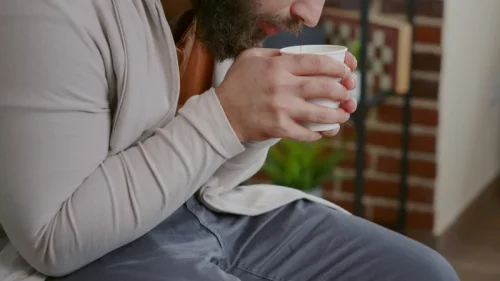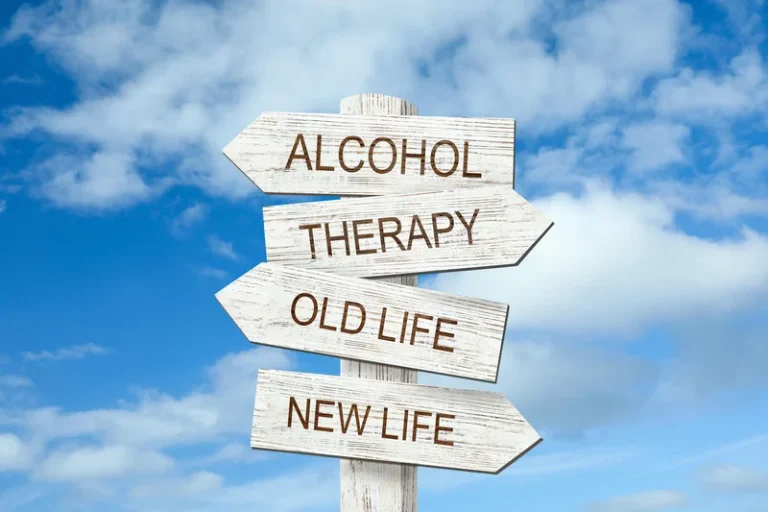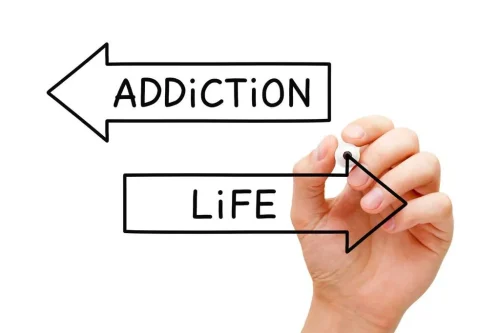
Alcoholism and alcohol abuse can also have an impact on your family, friends and the people you work with. After a flurry of expectancy data suggested placebo beverages affected anxiety, the research pendulum has swung back toward an emphasis on pharmacological effects. Moreover, the emergence of research on implicit cognition and addiction (Wiers & Stacy, 2006) suggests that not only alcohol consumption, but also anticipation social drinking and drinking problem of alcohol (and other drug) consumption can affect cognition (Sayette & Creswell, 2016). Studying the effects of alcohol on emotion seems like a straightforward endeavor, as nearly everyone appears to believe that we drink to feel better. Yet regardless of whether the outcome is stress relief or enhancement of positive emotion, the laboratory has been reluctant to deliver the confirming data we have expected.
Can People With Alcohol Use Disorder Recover?
- An experiment that manipulated alcohol consumption (versus placebo or control beverages) in a laboratory social setting and found differential sensitivity to alcohol’s social rewards for individuals high on trait extraversion.
- Persons carrying the 7-repeat allele reported increased perceived social bonding after drinking alcohol, relative to placebo and non-alcohol control beverages, while alcohol did not affect perceived social bonding of 7-absent individuals.
- However, social drinking may have some negative effects and hidden risks that you need to be aware of.
- But you will be in a healthier position to finally address them and seek the help you need.
That alone is enough for most addiction counsellors to confirm that yes, I probably fulfil the criteria. Along with an estimated 10 million adults in England who regularly exceed government guidelines on alcohol consumption, and a further 600,000 who are dependent on it. Those problems could include depression, an inability to manage stress, an unresolved trauma from your childhood, or any number of mental health issues. Such problems may become more prominent when you’re no longer using alcohol to cover them up.
Groups for Family and Friends
- In order to stay alcohol-free for the long term, you’ll also have to face the underlying problems that led to your alcoholism or alcohol abuse in the first place.
- Without considering social context, investigators may have struggled to identify potential moderators of the reinforcing effects of alcohol (Sayette, 1993a).
- Presumably, alcohol consumption would prove reinforcing as a consequence of its capacity either to relieve stress or to brighten positive emotional experiences.
- Disentangling intoxication effects between actors and partners is not merely an academic exercise; such beverage mismatches also occur outside the lab (e.g., designated drivers at parties).
- There is no set amount of alcohol that determines a social drinker, but the CDC characterizes alcohol use as moderate drinking if a female consumes one drink per day, or a male consumes two drinks per day.
- If you find your dependence on alcohol is becoming too strong to control, it’s time to take a close, honest look at your behavior.
Prohibition did, in fact, result in a dramatic reduction in American drinking. In 1935, two years after repeal, per capita alcohol consumption was less than half what it had been early in the century. Rates of cirrhosis had also plummeted, and would remain well below pre-Prohibition levels for decades. Distilled alcohol is recent—it became widespread in China in the 13th century and in Europe from the 16th to 18th centuries—and a different beast from what came before it.
National Institute on Alcohol Abuse and Alcoholism (NIAAA)
If you or anyone you know is undergoing a severe health crisis, call a doctor or 911 immediately. By clicking “Submit,” you certify that you have provided your legal name and phone number, agree to the terms and conditions and privacy policy, and authorize Addictionresource to contact you. You consent to receive SMS notifications and promotions from Addictionresource. Sarah Allen Benton, M.S., LMHC., LPC, is a licensed mental health counselor and author of Understanding the High-Functioning Alcoholic. Between 2010 and 2022, people in 500 homes on the reserve south of Edmonton lived with 331 boil-water advisories. The reserve’s water treatment plant dates from the 1970s and nearly three-quarters of the band’s homes have been under serious water advisories.
The alcohol-group formation project was funded by the National Institute on Alcohol Abuse and Alcoholism (R01 AA015773) and preparation of this manuscript was supported in part by the National Cancer Institute (R01 CA184779). With few exceptions (e.g., Donohue, et al., 2007; Ruch, 1993; Stritzke, Patrick, & Lang, 1996; Vuchinich, Tucker, & Sobell, 1979; Weaver, Maslund, Kharazmi, & Zillman, 1985), there has been little investigation of the impact of alcohol on responses to positive stimuli. Positive responding may be especially important to study in a social context, and my colleagues and I are currently completing analyses on a group study that includes a comedy routine manipulation. The social-attributional approach integrates distinct concepts drawn from several theories of alcohol’s effects.
Support Groups
Packages start at £345 for the private GP phone consultation, the ongoing prescriptions (the pills cost an extra £90 for 30) and three months of counselling. It was enough of a revelation for Dr Janey Merron, who prescribed me the medication, to leave the NHS and join a private clinic https://ecosoberhouse.com/ so she could administer it freely. “I practised in a very deprived area with a high rate of alcohol misuse and was so fed up with not being able to treat people with this simple drug. Naltrexone is an opioid antagonist which blocks the dopamine reward you get from alcohol.

Signs of an Alcohol Problem
- Common mental health conditions that co-occur with AUD are depressive disorders, anxiety disorders, trauma- and stress-related disorders, other substance use disorders, and sleep disorders.
- In fact, according to the NIAAA, 72 percent of people have a single period of heavy drinking that lasts 3-4 years and peaks at ages (typically occurs during the college years) that they phase out of.
- Most adolescents and young adults who drink alcohol do so in social settings [1–4], with far fewer drinking alcohol while alone (e.g. [5,6]).
- This ingrained cultural attitude remains mostly unchallenged in our society.
- He and his onetime graduate student Kasey Creswell, a Carnegie Mellon professor who studies solitary drinking, have come to believe that one key to understanding drinking’s uneven effects may be the presence of other people.
But even if you’re able to succeed at work or hold your marriage together, you can’t escape the effects that alcoholism and alcohol abuse have on your personal relationships. Drinking problems put an enormous strain on the people closest to you. Drinking problems can sneak up on you, so it’s important to be aware of the warning signs of alcohol abuse and alcoholism and take steps to cut back if you recognize them. Understanding the problem is the first step to overcoming it and either cutting back to healthy levels or quitting altogether. Drinking problems often develop in your late teens or early twenties and are highly influenced by peer pressure.

How many drinks a week is considered occasional drinking or casual drinking?
Many people consider themselves “social drinkers” or “occasional drinkers” and enjoy casual drinking, yet wonder whether their drinking habits could be a problem. Last August, the beer manufacturer Busch launched a new product well timed to the problem of pandemic-era solitary drinking. “You’ll never drink alone again,” said news articles reporting its debut.
Emotional and Mental Health Problems

Regarding the group formation project more specifically, our data suggested diminished emotional inertia may underlie the capacity of alcohol to improve affective states (Fairbairn & Sayette, 2013). Further, as detailed below when considering gender, alcohol’s effects on emotional contagion (Fairbairn, Sayette, Aalen, & Frigessi, 2015a) may help to explain the impact of alcohol on emotion in a social context. With respect to moderators, the following sections address three individual difference factors that have been examined in our group formation project. In addition to the methodological implications discussed above, this framework has important conceptual and clinical implications. Further, the proposed framework might also aid in our understanding of risk pathways for other drugs of abuse (Creswell, Chung, Clark et al., 2015; Mason et al., 2020). Research is needed that examines alcohol’s effects on emotion throughout the entire drinking episode.